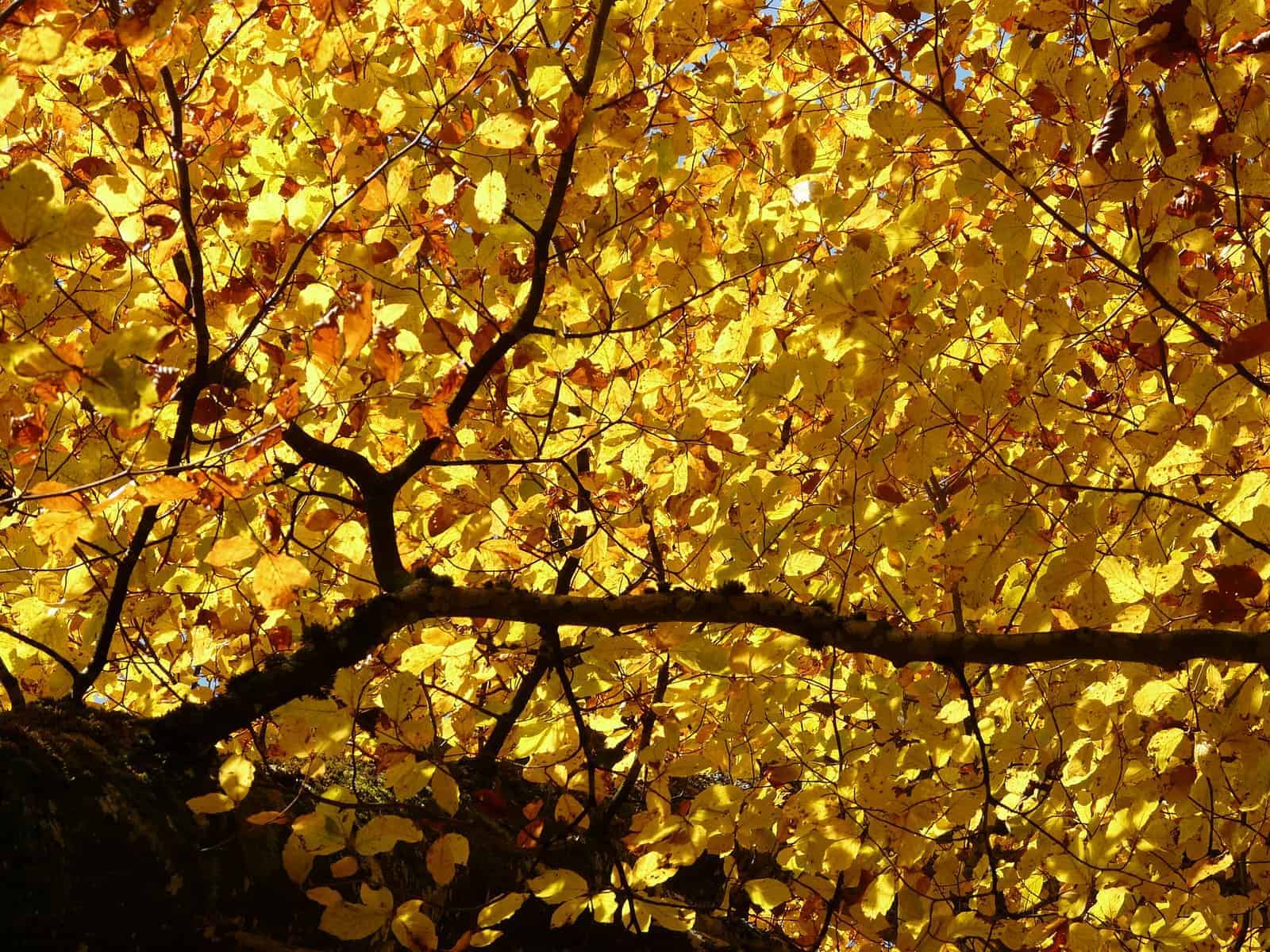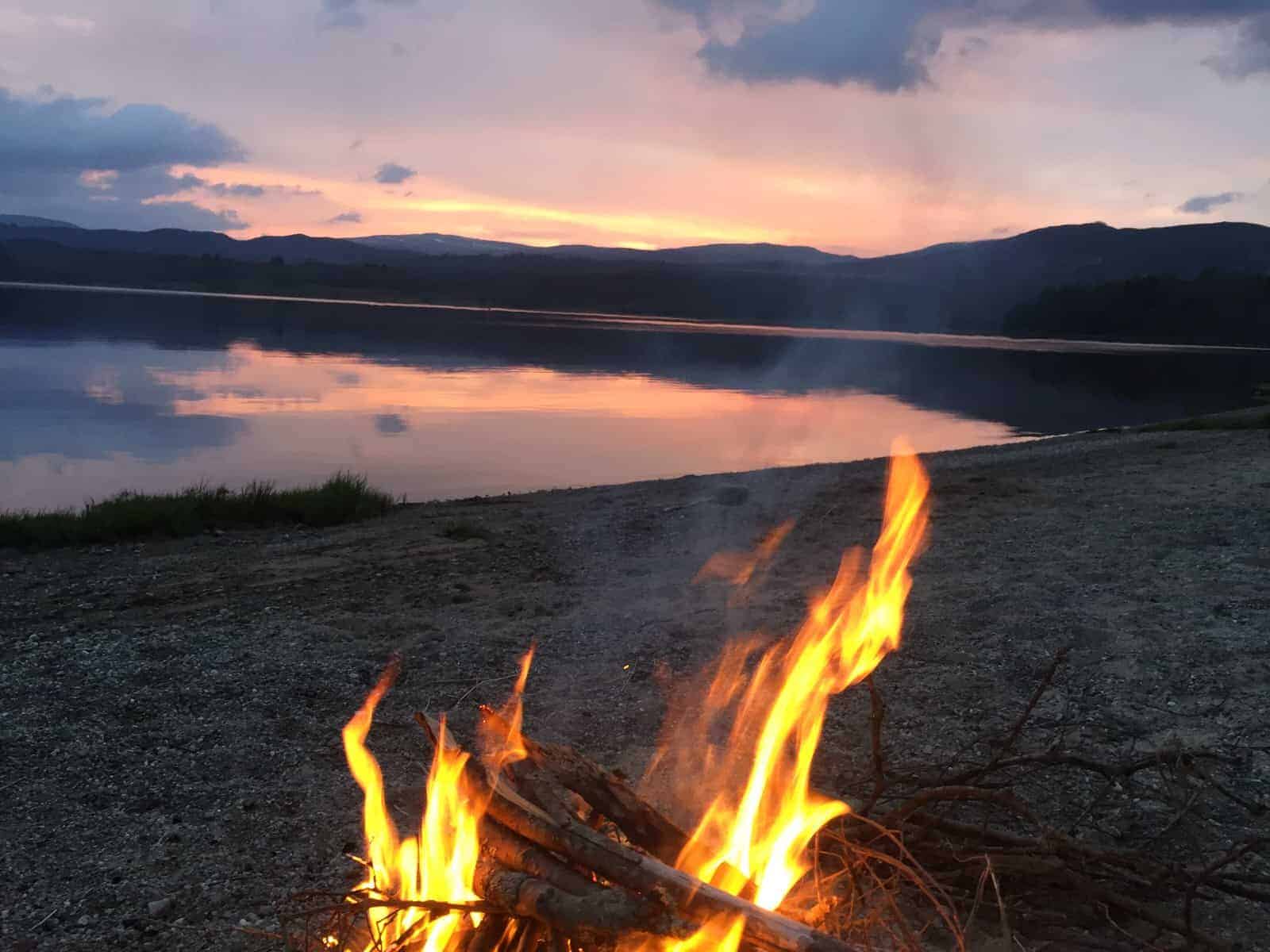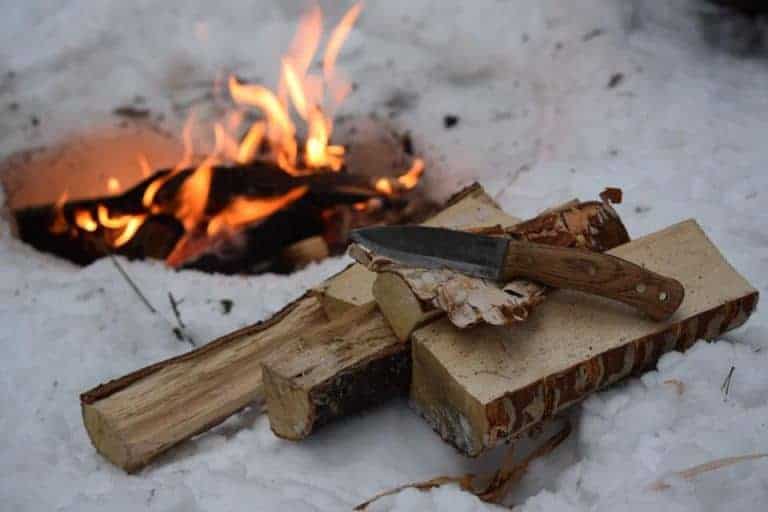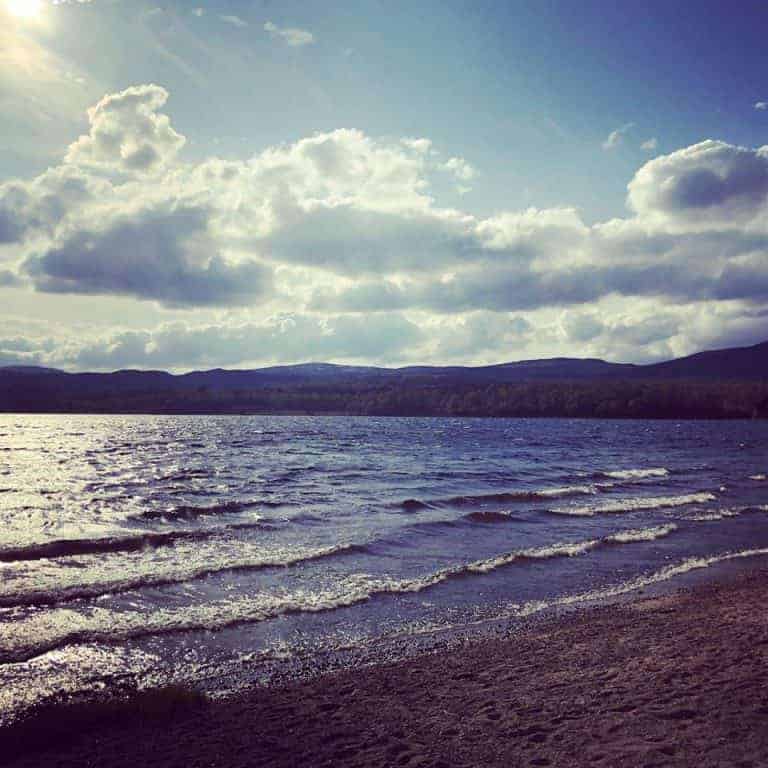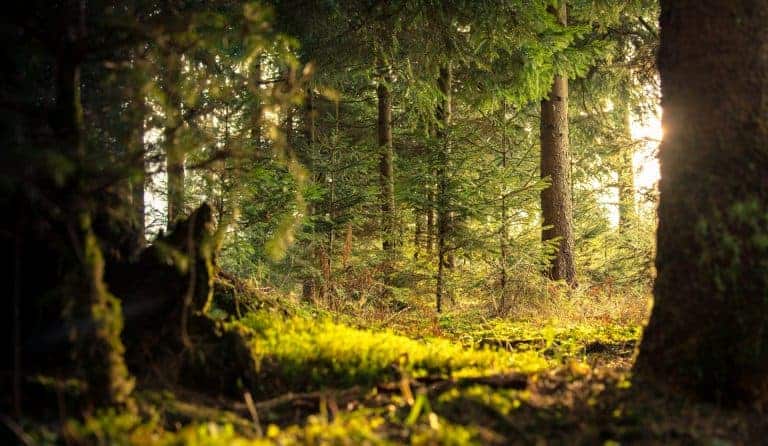Five Trees To Identify This Winter
There’s no doubt about it, winter is well on its way and summer a distant memory. Winter in the United Kingdom, as with everywhere else, brings with it wonderful changes in the natural world. One of the most dramatic changes occurs to trees. As leaves fall and they take on a totally different character making it much harder to identify deciduous trees in the winter. Keen students of bushcraft should be able to identify trees in winter as well as summer. This skill is a foundation of bushcraft on which all further skills are built; after all, you can’t make a bow drill if you can’t identify the most appropriate type of wood to use.
Read on to learn about five trees that you can practice identifying this winter
Common Ash
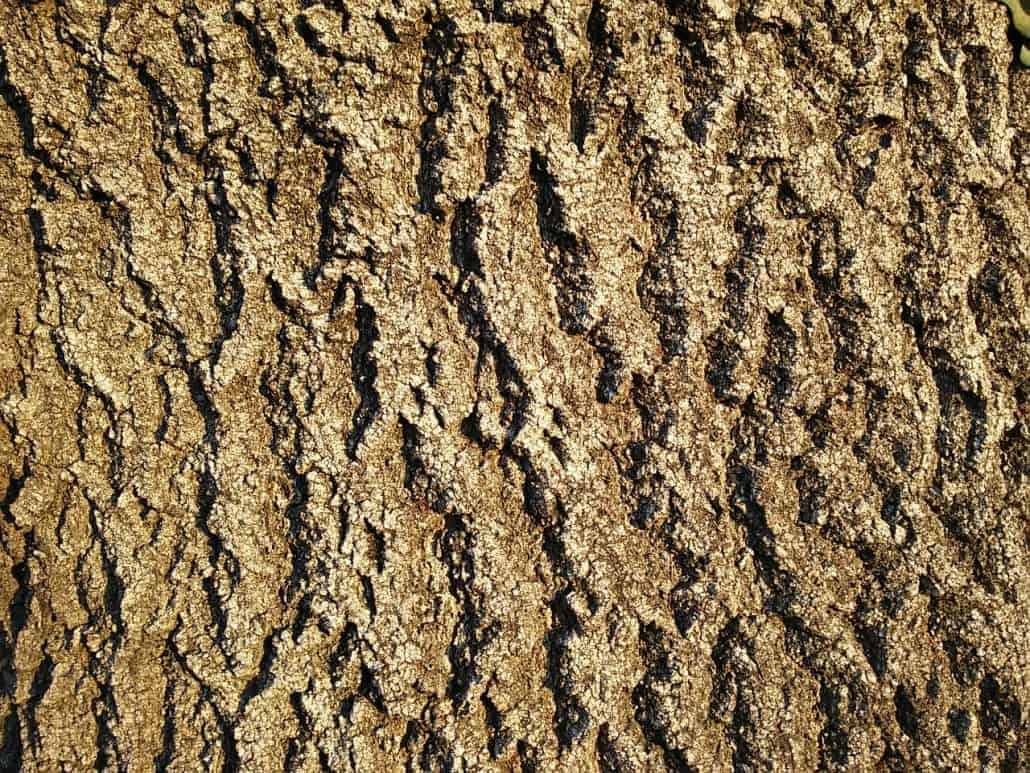
Ash or Common Ash or, if you would prefer the Latin Fraxinus excelsior is a tree found throughout Europe. It is native to the United Kingdom and, in the right conditions, can live for up to 400 years. Fully grown ash trees can reach a height of around 35 meters (around 115 feet). Ash trees are dioecious, this means that male and female flowers normally grow on different trees, although in some cases male and female flowers can grow on the same tree, although on different branches.
Identifying Ash in the winter
In the winter months, after the leaves have fallen, ash trees can be identified by its bark which is either grey or a greyish-brown. With older trees, the bark can grow to feature deep ridges. The tree’s distinctive black buds are also a key feature for identifying ash trees.
Bushcraft uses for ash
Ash has a great number of uses in UK bushcraft. Dead, standing wood from the ash tree makes for great firewood, and it is also a favoured tree for making bows.
Silver Birch
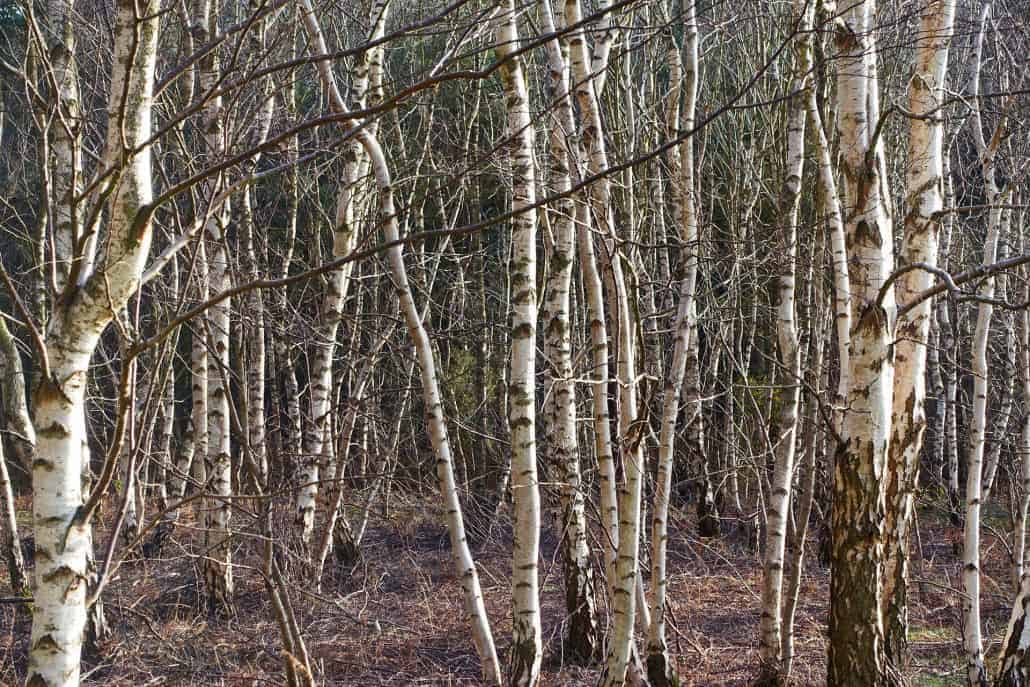
The Silver Birch or Betula pendula is native to Europe and the UK. The presence of silver birch trees can often help improve the soil quality, helping other surrounding plants to grow. This is because the roots of the tree go deep into the earth, drawing up otherwise inaccessible nutrients to the tree, these nutrients are then recycled on the surface when the leaves fall from the trees.
Identifying Silver Birch in the winter
Silver birch is one of the easiest trees to identify. Its white, or silver, bark remains that colour all year round, in addition, the tree can be identified in winter through its twigs which are rough to the touch.
Bushcraft uses for Silver Birch
Silver birch is one of the most useful trees when it comes to bushcraft. Most importantly, in winter, its bark can be used in fire lighting. To learn more about how the bark from the silver birch can be used in fire lighting watch our video below.
LEARN FIRE LIGHTING, SHELTER BUILDING, AXE SKILLS AND MORE ON OUR WEEKEND BUSHCRAFT COURSE.
Elder
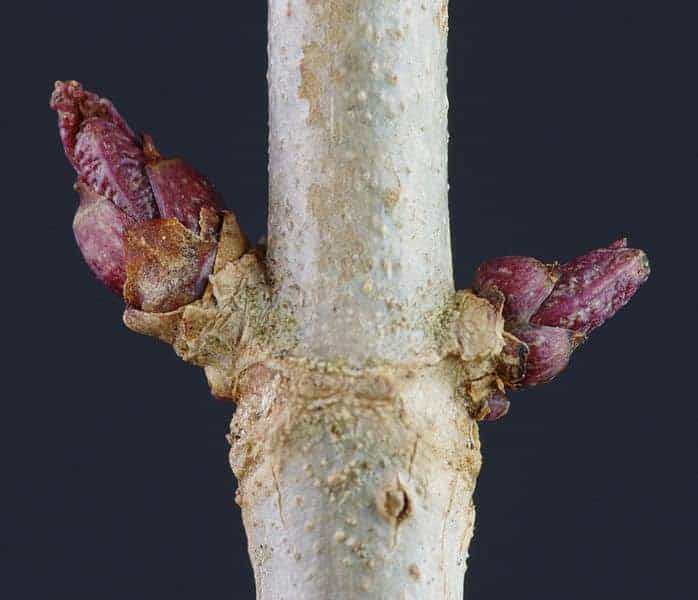
Elder, Sambucus nigra in Latin, is native to the UK and throughout much of Europe. Apparently, the name comes from the Anglo-Saxon word ‘aeld’ which means fire, due to the fact that thehollow stems are used as bellows to blow air into the centre of a fire.
Identifying elder in the winter
In winter elder can be identified through its green and distinctive smelling twigs and ragged buds which often have leaves showing through the bud scales.
Bushcraft uses for elder
Elder has several uses in UK bushcraft. It typically grows near rabbit warrens, providing a good indication of a source of food, the flowers can be used to make wine, cordial or tea. The berries, while mildly poisonous, can be eaten if they are cooked first.
LEARN FIRE LIGHTING, SHELTER BUILDING, AXE SKILLS AND MORE ON OUR WEEKEND BUSHCRAFT COURSE.
Hazel
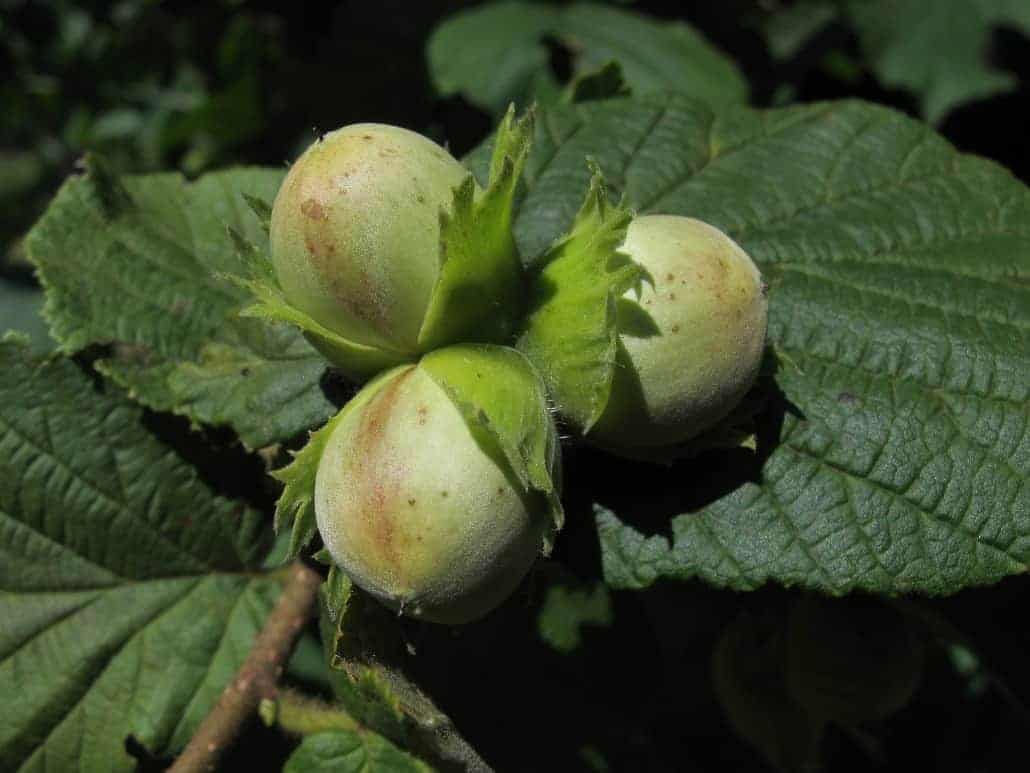
Corylus avellana or hazel, is native to the United Kingdom. Hazel trees can live for up to eighty years and reach a height of 12 meters. Hazel trees are associated with doormice, doormice fatten themselves up for winter by feasting on the hazelnuts and, in the spring, doormice eat caterpillars that are found on the leaves of the hazel tree. Hazel trees are also associated with magic or myth and has been thought to ward of rheumatism, to encourage fertility and was considered the ‘tree of knowledge’ in Ireland.
Identifying hazel in the winter
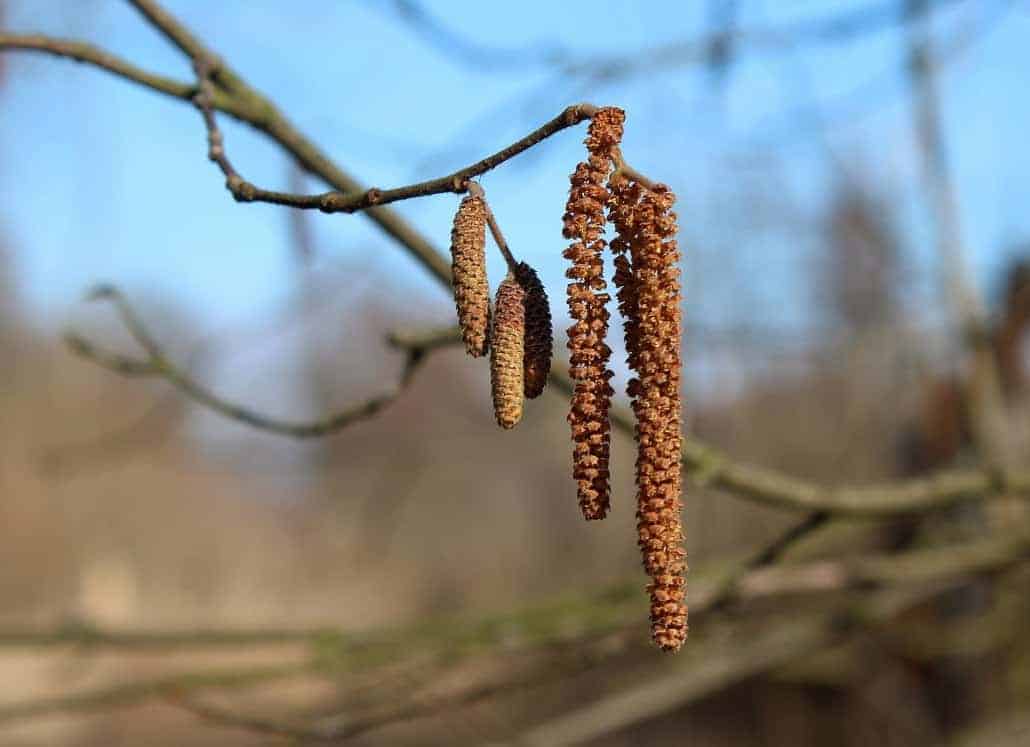
Hazel is best identified in winter by the small nuts that are held in short leafy husks which cover about three-quarters of the nut. In autumn it is likely that the tree will bear small catkins, though these are not likely to be found in winter.
Bushcraft uses for hazel
Hazel is perhaps best known for its flexibility, this makes it an ideal material for shelter building. It is also a favoured wood for being used in bow drills. Hazelnuts, of course, are also an excellent source of nutrition, containing over 600 calories per 100 grams.
LEARN FIRE LIGHTING, SHELTER BUILDING, AXE SKILLS AND MORE ON OUR WEEKEND BUSHCRAFT COURSE.
Beech
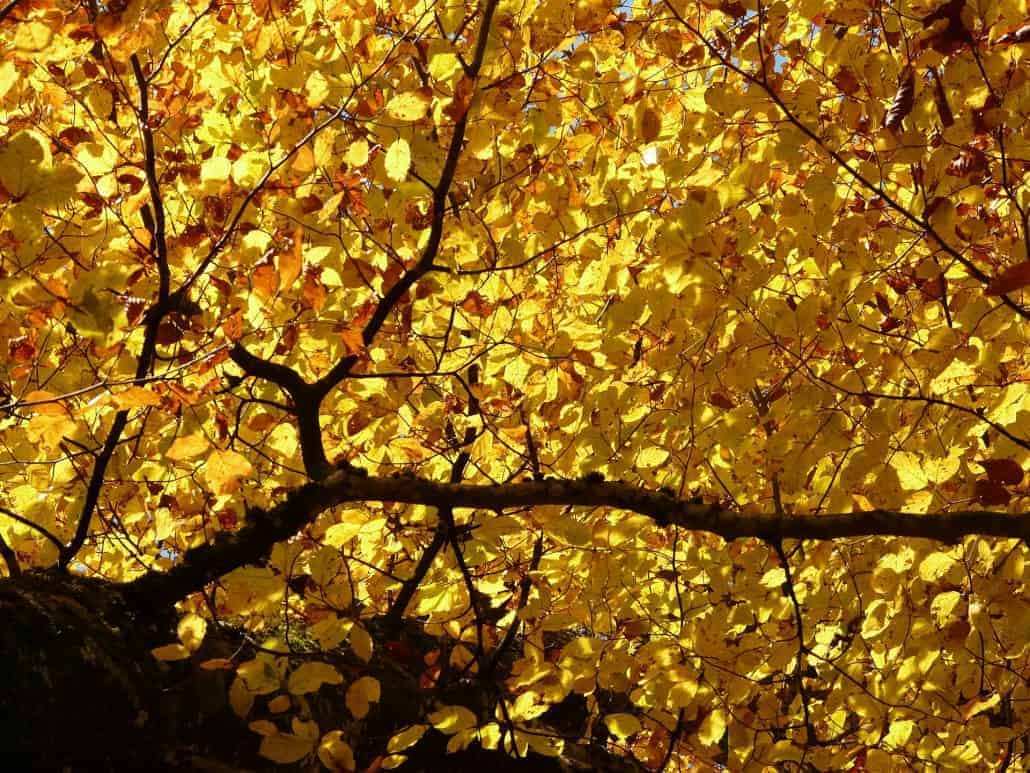
The beech tree, orFagus sylvatica, is native to southern England and South Wales. Beech trees are also found across Europe from southern Sweden to northern Sicily. They can live for hundreds of years, some coppiced trees can even live for around 1,000 years. The tree has a long-standing association with femininity and is considered the ‘queen’ of British trees. Historically, it was thought that beech trees have medicinal properties.
Identifying beech trees in the winter
Beech trees can be identified in winter by its sharply pointed leafy buds. See the image below for an example of these buds.
Bushcraft uses for beech trees
Beech trees are notorious for dropping their branches, often called widow makers, hence never camp under a beech tree! Dry beech leaves can be used for tinder and the wood can be burned, although it doesn’t burn as well as ash.
Kit
Below we have listed a few pieces of kit that are essential for going out into the woods during winter or at any time of the year.
- Fallkniven DC4
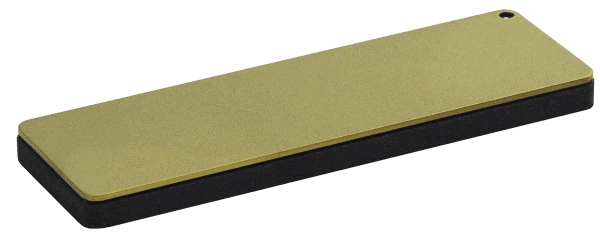 This diamond/ceramic whetstone is perfect for use in the field.
This diamond/ceramic whetstone is perfect for use in the field.
https://www.fallkniven.com/en/knife/dc4/ - Knives
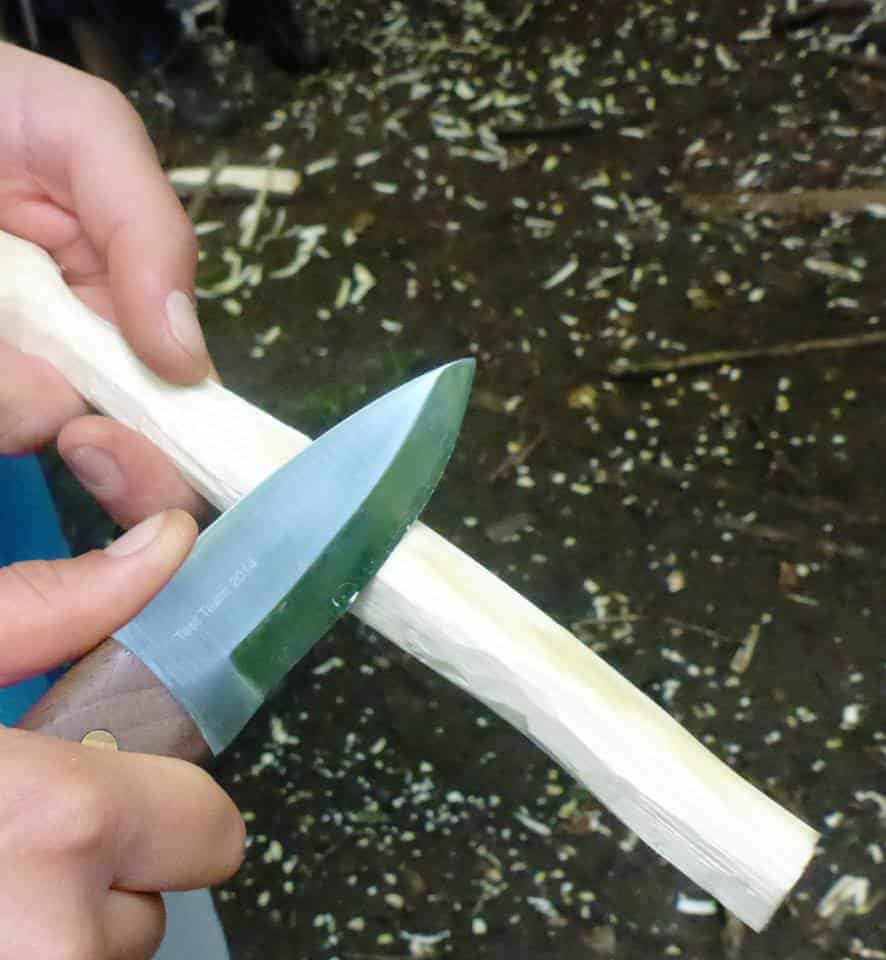
Wildway Bushcraft use Bear Blades.
“Constructed from superb quality D2 steel this knife is ideal for bushcraft and wood crafting. Our most popular knife due to its versatility and functionality, suited to tough daily use in the woods.”
http://bearblades.co.uk/ - Gransfors Bruk Small Forest Axe
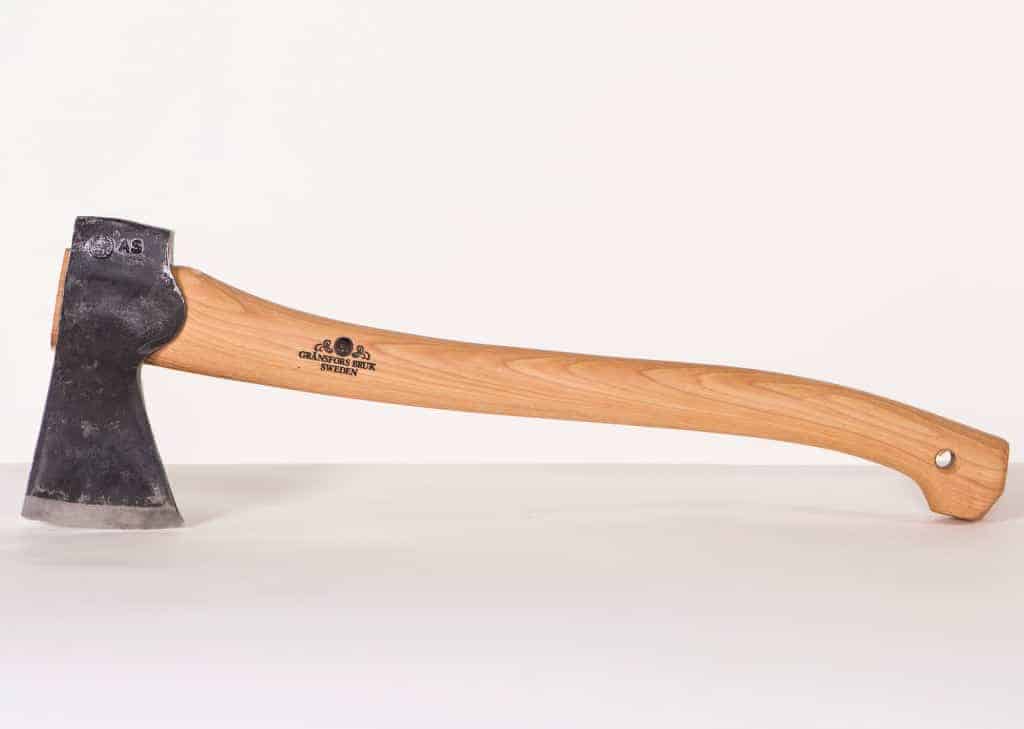
Wildway Bushcraft use a small forest axe from Gransfors Bruk. You can find out more information about Gransfors Bruk via the link below.
https://www.gransforsbruk.com/en/product/gransfors-small-forest-axe/
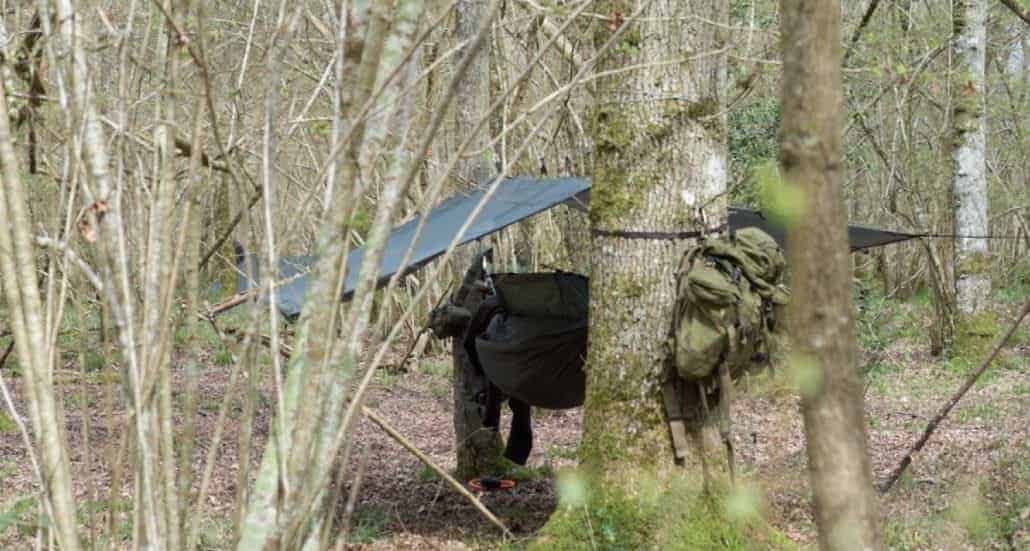
The DD 3×3 Tarp is a classic of the camping world. You can read our review of it here.
The tarp can be found online via DD Hammocks at the link below.
https://www.ddhammocks.com/

This Swedish Fire Steel from Light My Fire is a great way of causing sparks and igniting your tinder. More reliable than either matches or a lighter you shouldn’t be in the woods without one.
http://www.lightmyfire.com/products/products/swedish-firesteel-20.aspx

